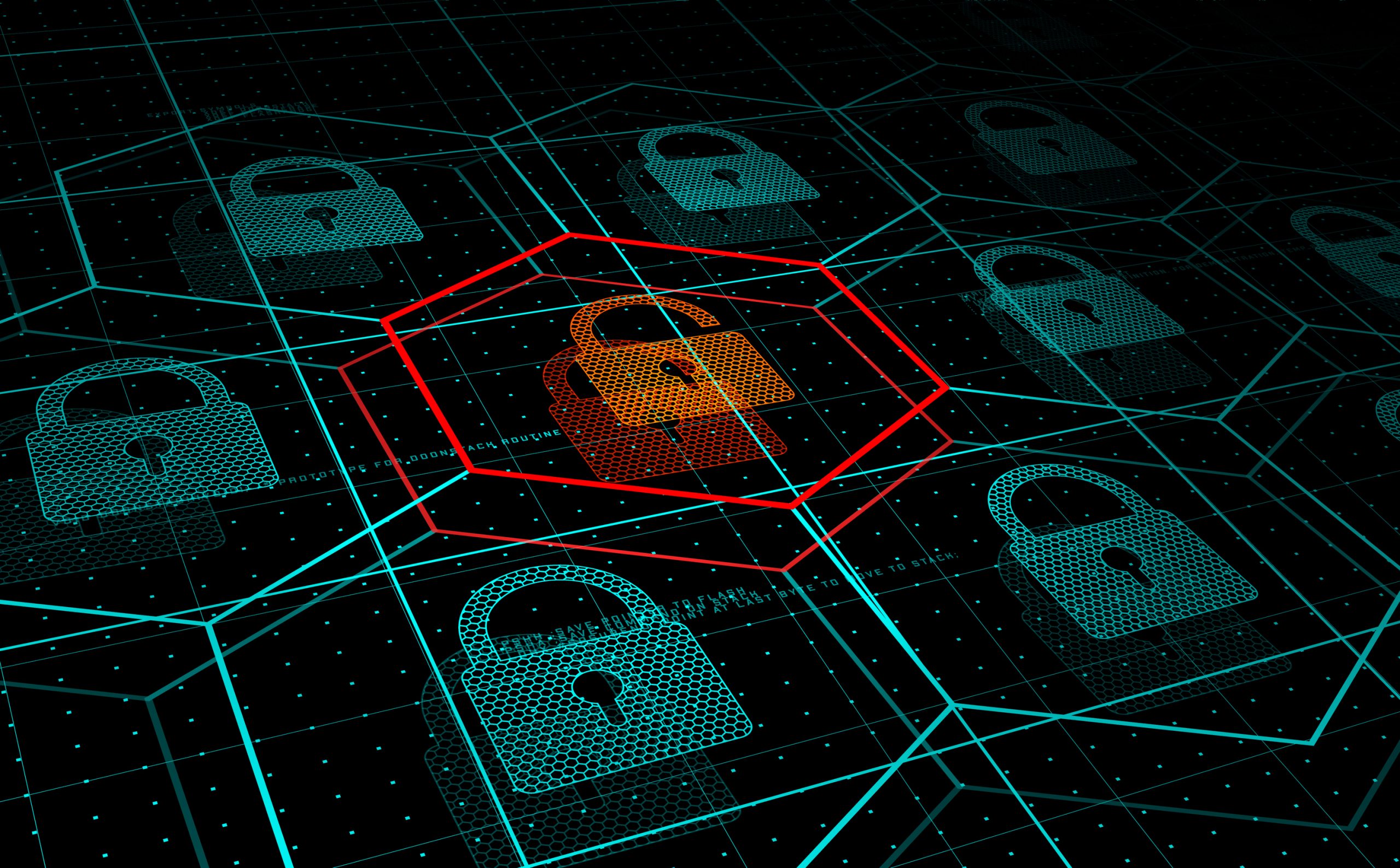It’s not always easy to come up with new ways to keep employees focused on cybersecurity. Business owners are trying to keep operations running and don’t always have time to plan security awareness training as they’d like to.
But statistics show that well trained employees help prevent data breaches, ransomware infections, and other cybersecurity incidents.
Just random employee cybersecurity training can reduce the likelihood of a successful attack by 10-15%, and consistent security training can reduce it by 40-50%.
If you’re stuck between wanting to do more training, but not having the time to put resources together, then October, which is National Cybersecurity Awareness Month (NCSAM), is a perfect chance to get in the training you’d like without much effort on your part.
Themes, Resources & Tip Sheets for Employee Training
On the website for NCSAM, you’ll find a cybersecurity presentation, tip sheets, and themes to celebrate each week. It’s basically an entire month of cybersecurity training laid out for you.
You can download social media posts and the other resources here. And be sure to promote this year’s overall theme “Do Your Part. #BeCyberSmart.”
Here is how you can leverage these resources over the next four weeks to boost the cybersecurity skills of your team.
Week 1: If You Connect It, Protect It.
In the first week, focus on how cybersecurity is a team effort. Employees need to understand that their contribution to the cybersecurity of your Charlotte business is just as important as anything else (antivirus, firewall, etc.).
All it takes is one wrong click on a phishing email or the download of a malicious mobile app to cause a major data breach at your business. The more employees know and take personal responsibility for, the more protected your business will be.
Here are some areas of personal cybersecurity responsibility for employees:
- Password security
- Phishing awareness
- Protecting devices with screen locks
- Ensuring their machine’s cloud backup hasn’t stopped
- Reporting anything suspicious on their computer or in their email
Use the NCSAM tip sheet for Cybersecurity at Work.
Week #2: Securing Devices at Home and Work
The pandemic has caused a lot of changes in how work is done. Many businesses are now using a hybrid of office and remote work, which can leave some holes in their cybersecurity that employees can help out with.
In week two, focus on device security and that devices both at home and work need to be protected. These tips can also help employees protect their personal information so they’re not victims of identity theft.
Hackers are doing double duty and taking advantage of the pandemic disruption, which means they’re just as happy to grab business data from a laptop as they are a personal banking login from a mobile device on the same network.
Here are some tips to give your employees for device protection at work and home:
- Keep home and work devices updated if they’re not on a managed services plan
- Use programs like “Find my Phone/Laptop” that allow lost devices to be located, or stolen devices to be locked or wiped
- Ensure all devices (including mobile) have antivirus/anti-malware installed and running
- Separate work devices on home networks from other home internet devices by using a guest network
- Connect through a VPN to ensure traffic is encrypted and secure
Use the NCSAM tip sheet for Protecting Your Digital Home.
Week 3: Securing Internet-Connected Devices
IoT devices have been growing in both homes and businesses, but each Alexa voice speaker or Ring doorbell camera that’s connected means another potential entry point for a hacker.
57% of IoT devices are vulnerable to medium or high-severity attacks.
It’s vital for employees to understand how IoT devices can also pose a serious security risk. Hackers often see them as “low hanging fruit,” like a side door into a larger computer network full of other devices.
Here are tips to share for properly securing IoT devices, like routers, smart speakers, and more:
- Always and immediately change the default username and password when setting up a new IoT device
- Keep firmware on IoT devices updated
- Disable unneeded features and dangerous features like PnP
- Treat IoT device security as stringent as computers and mobile devices
Use the NCSAM tip sheet for the Internet of Things.
Week 4: The Future of Connected Devices
It’s important for employees to realize that cybersecurity is always evolving along with technology. So, whenever a new business technology or tech gadget comes out, it’s important to think of security first.
For this last week, it might be fun and informative to have a roundtable discussion with your team on future technologies and what they mean for cybersecurity.
Discuss things like:
- 5G devices
- Wi-Fi 6 security
- Mesh networks
- Wearables (Fitbit, Apple Watch, etc.)
- Those new smart fitness mirrors
Keep Your Team Well Trained in Cybersecurity, Microsoft & More!
You don’t have to look very far to find expert training to keep your team enabled and secure. Rocky Knoll Technologies offers training in cybersecurity awareness, Microsoft 365, and much more!
Contact us today to schedule a training session. Call 704.594.7292 or reach us online.



